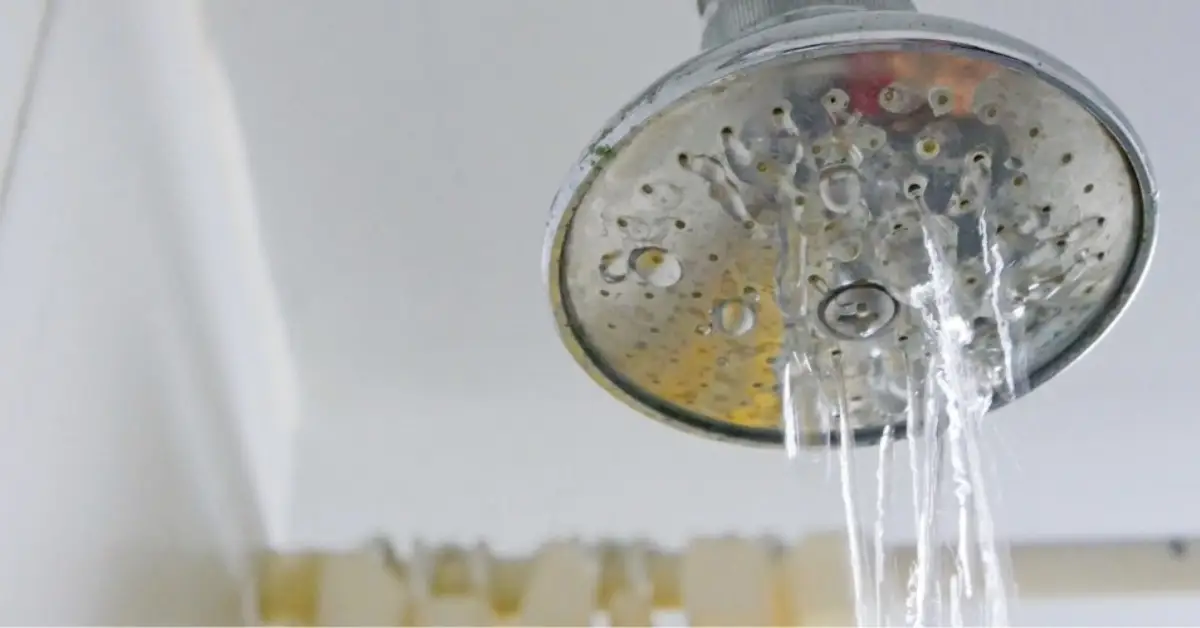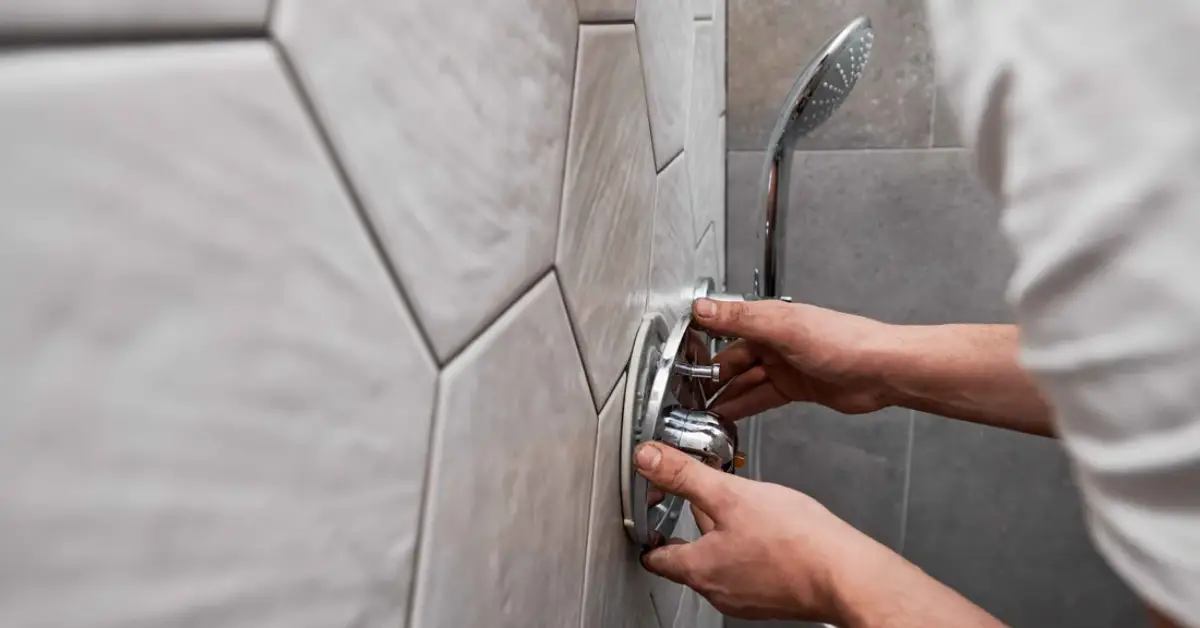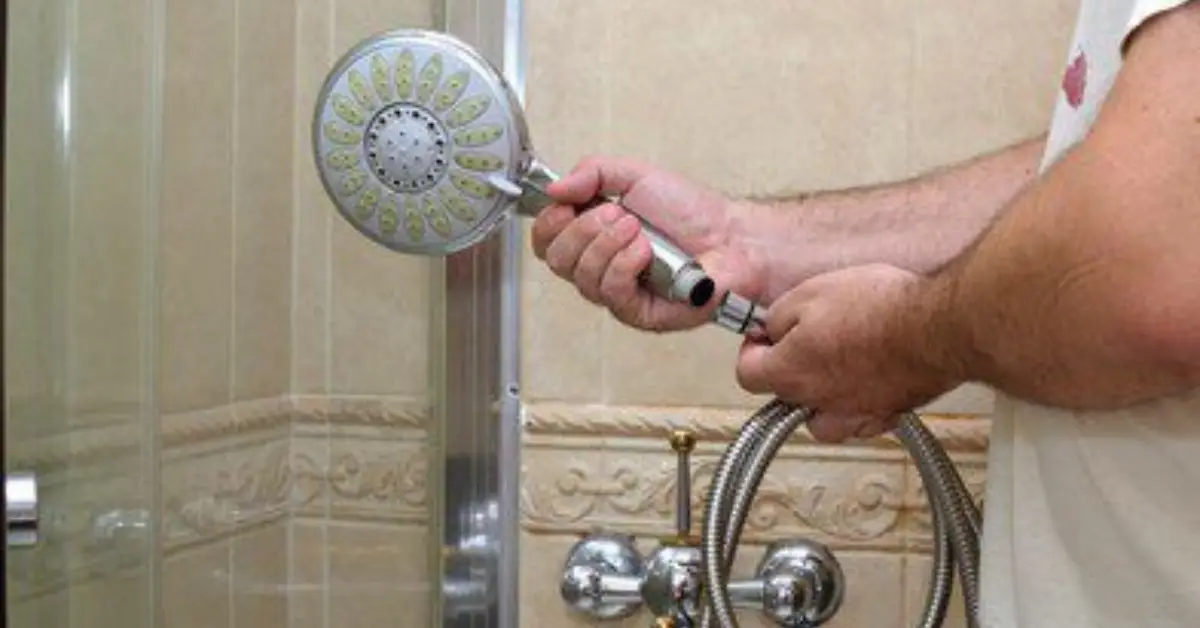Water Trickling Out? 10 Proven Hacks to Increase Shower Pressure Fast
I’ve started too many mornings under a weak, sad trickle of water—hair half-rinsed, patience gone. If that’s you today, I get it. A low-pressure shower wastes time, wastes heat, and ruins the whole routine.
The good news: most fixes aren’t expensive or scary. In my experience, weak flow usually comes down to small things—mineral gunk in the showerhead, a half-closed valve, a kinked hose, or a tired old head that needs upgrading. You don’t need a toolbox the size of a suitcase, and you don’t need to gamble with your plumbing.
In this guide, I’ll show you ten DIY tricks that actually move the needle—starting with quick, five-minute wins and only stepping up if you need to. You’ll know what to try first, what it costs, how long it takes, and when it’s smarter to call a pro.
Before we dive in, tell me: is your shower a steady weak stream, or does it pulse and sputter? Apartment or standalone house? Drop a note so I can help you target the right fix.
Why Your Shower Pressure Feels Weak in the First Place
Before you grab a wrench or start shopping for a new showerhead, it helps to know why the water pressure feels so weak. I’ve learned that once you understand the root cause, the fixes make a lot more sense—and you waste less time chasing the wrong solution.
Common causes — clogged aerators, valves not open, mineral deposits
In many homes, the problem isn’t the entire plumbing system. It’s usually something small and local, like:
- Clogged aerator: Tiny mesh screens inside your showerhead or faucet trap dirt and debris. Over time, they block the flow.
- Partially closed valves: If someone adjusted the shutoff valve (even slightly), you’re not getting full water volume.
- Mineral buildup: Hard water leaves calcium and limescale inside pipes and showerheads, slowly choking the flow.
I can’t tell you how many times I’ve unscrewed a showerhead, given it a quick rinse, and watched the water return to full force. It’s one of those “so obvious in hindsight” problems that many people overlook.
Bigger plumbing issues — low supply pressure, shared apartment pipelines

Kesselmann Plumbers
Sometimes, though, the issue isn’t just inside your bathroom. If you live in an older building or a crowded apartment block, weak pressure can point to bigger system-wide causes:
- Low supply from the city line — Municipal pressure in some areas just isn’t strong enough, especially during peak hours.
- Old, corroded pipes — Narrowed pipes reduce flow dramatically.
- Shared water lines — In apartments, when everyone showers at the same time, pressure drops for everyone.
If you suspect one of these, it’s not something a vinegar soak alone will fix. You may need to check your home’s water pressure with a gauge (normal is about 40–60 PSI, according to PlumbingSupply).
Knowing whether your problem is “small and fixable” or “big and building-wide” saves you a ton of frustration. If your neighbor also complains about weak showers, it’s a safe bet the problem isn’t just your bathroom.
10 DIY Tricks to Increase Shower Water Pressure
Over the years I’ve realised that a weak shower usually has a simple fix. Some solutions take just a few minutes, while others need a small upgrade. Here are ten practical steps you can try at home — start with the easy ones and move to the advanced if the problem continues.
1. Clean the Showerhead Aerator
- Unscrew the aerator or showerhead cap.
- Rinse out sand, grit, and small debris under running water.
- Reattach and test the flow.
Important: It’s the fastest, no-cost way to restore normal pressure, and works in many cases.
2. Soak the Showerhead in Vinegar Overnight
- Fill a plastic bag with vinegar and tie it around the showerhead.
- Leave it overnight to dissolve limescale.
- Rinse thoroughly before using again.
Important: A natural and effective method often recommended in DIY communities online.
3. Check and Fully Open Shutoff Valves
- Inspect the main water valve near your meter.
- Make sure the bathroom’s individual shutoff valve is turned all the way open.
Important: Even a slightly closed valve can cut pressure, and people often forget to check this.
4. Remove the Flow Restrictor (With Caution)
- Most new showerheads include a small restrictor to limit water use.
- If local rules allow, carefully remove it to improve water flow.
- Always check for efficiency regulations first — the EPA WaterSense program sets limits for a reason.
Important: This is one of the most searched fixes, but it’s also where many people make mistakes without guidance.
5. Straighten Twisted or Kinked Hoses
- If you use a handheld shower, inspect the hose.
- Straighten bends or replace if it’s crushed.
Important: This takes seconds and can instantly restore full flow.
6. Clean or Replace Shower Filters

- Some showerheads include filters to catch minerals or rust.
- Remove and clean the filter screen, or replace it if it looks worn.
7. Replace Old Showerhead with a High-Pressure Model
- Upgrade to a modern showerhead designed to boost spray strength.
- Many use air infusion or narrower nozzles for a sharper flow.
If you’re upgrading your showerhead, it’s also worth checking out these tacky bathroom choices that make your home feel dated so you can avoid mistakes while giving your bathroom a fresh, modern look.
8. Install a Shower Pump or Booster
- Attach a pump to your shower system for extra push.
- Best suited for homes with consistently weak supply pressure.
- Installation may need professional guidance.
9. Inspect the Home’s Water Pressure Regulator
- Locate the regulator near your main line.
- Use a gauge to check the PSI reading (ideal is 40–60).
- Adjust if necessary, or replace if faulty.
10. Flush Out Your Plumbing System
- Turn off water supply and open all taps to drain.
- Turn supply back on to clear sediment from pipes.
- Repeat once or twice a year in older homes.
Start with aerator cleaning and valve checks. If those don’t solve the problem, work your way down the list. By the time you reach pumps or regulators, you’ll know whether it’s just a minor blockage or a system-wide issue.
At-a-Glance Comparison Table
Sometimes you just want the straight facts without reading every step. Here’s a quick overview of the most effective tricks, what they’ll cost you, and how much effort they take.
| Trick | Cost | Time | Success Rate |
|---|---|---|---|
| Clean aerator | Free | 10 min | High |
| Vinegar soak | Free | Overnight | High |
| Pump install | $30-$50 | 1 hr | Very high |
When to Call a Professional Instead

I’m a big believer in DIY, but I’ve also seen where homeowners waste weeks trying every trick, only to learn the issue was much bigger. If you notice any of these, it’s time to step back and bring in an expert:
- Corroded pipes or visible leaks — Old plumbing can narrow over time, cutting water flow.
- Extremely old plumbing systems — Pipes past their lifespan may need replacement, not just cleaning.
- Persistent low pressure after DIY fixes — If you’ve tried everything and nothing works, the root cause could be with your regulator or even municipal supply.
Sometimes low pressure is a symptom of deeper moisture issues — and if you’re worried about dampness, here are 7 simple ways to prevent mold in your bathroom before it spreads.
Final Takeaway — Stronger Showers, Smarter Fixes
Weak shower flow doesn’t always mean a major plumbing disaster. Most of the time, it comes down to small things you can fix in minutes — like cleaning the aerator, soaking the showerhead in vinegar, or making sure valves are fully open. If those quick wins don’t solve the problem, upgrades like a high-pressure showerhead, a booster pump, or even a regulator check can give you lasting results.
The key is to start simple, move step by step, and only invest in bigger fixes if you really need them. That way you save time, save money, and still end up with a shower that feels powerful every day. And once your water pressure is back to normal, you can make your routine even easier with these genius bathroom hacks that save you time.
Have you ever tried one of these tricks at home? Which one worked best for you? Share your experience in the comments below — your tip might help someone else.
And if you’re looking for more practical home improvement advice, head over to Build Like New for guides, tips, and ideas that keep your home running better without breaking the bank.
Disclaimer: The tips in this guide are for general informational purposes only. Always check your local plumbing codes and safety guidelines before making changes, and contact a licensed professional if you’re unsure or if problems persist.


